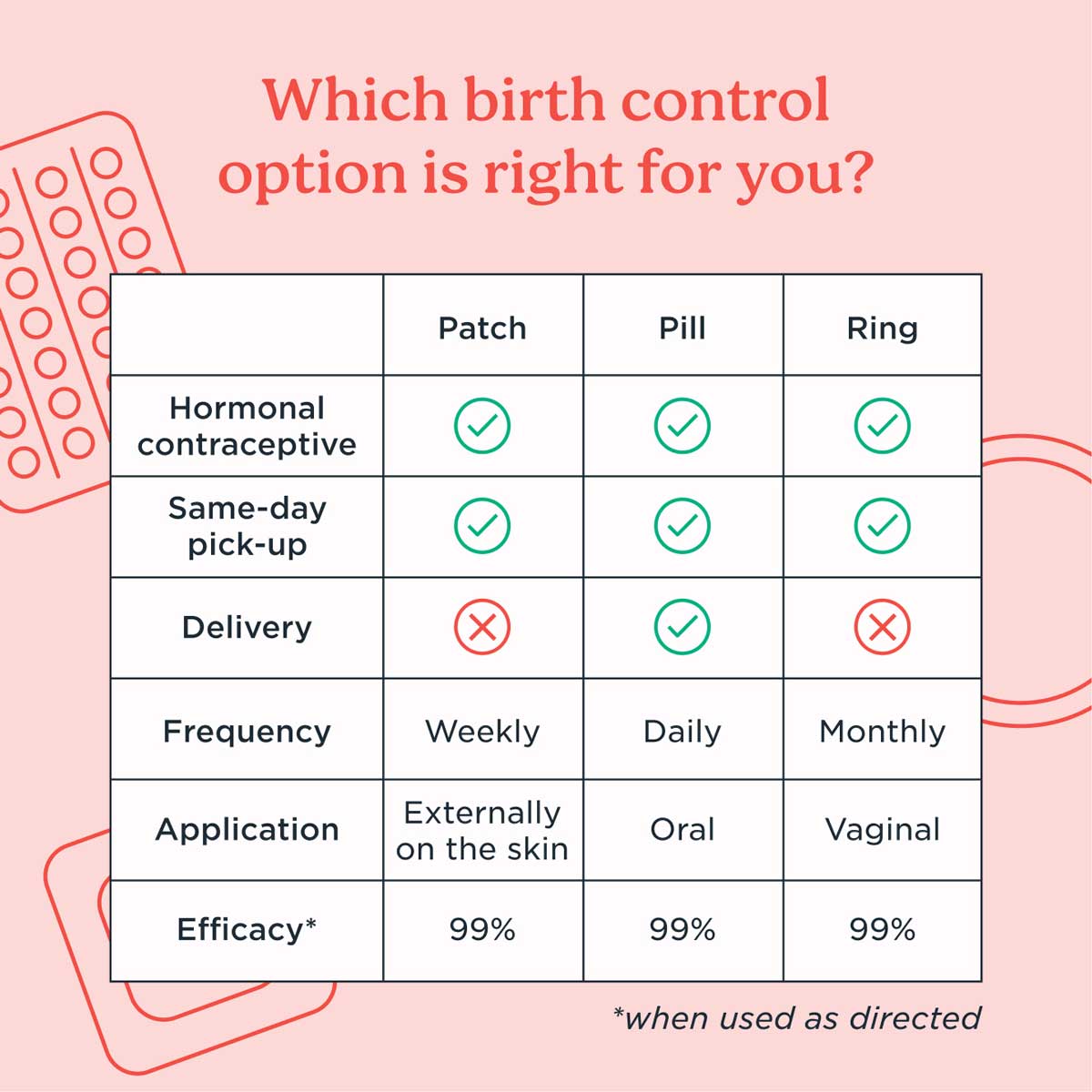The birth control patch, a convenient and relatively new form of hormonal contraception, has revolutionized the way women approach family planning. Introduced in the early 2000s, the patch has provided an alternative to traditional birth control methods such as the pill, intrauterine devices (IUDs), and condoms. By releasing a steady dose of hormones through the skin, the patch prevents ovulation, thereby reducing the likelihood of pregnancy. But how does it work, what are its benefits and drawbacks, and how does it compare to other forms of birth control?
How the Birth Control Patch Works
The birth control patch, also known as the transdermal patch, is a small, adhesive patch that is applied to the skin once a week for three weeks, followed by a patch-free week. The patch releases a combination of the hormones estrogen and progestin, which are absorbed into the bloodstream through the skin. These hormones work to prevent pregnancy in several ways:
- Preventing Ovulation: The hormones in the patch suppress the release of an egg from the ovary, thereby preventing ovulation.
- Thickening Cervical Mucus: The patch causes the cervical mucus to thicken, making it more difficult for sperm to reach the egg.
- Alteration of the Uterine Lining: The hormones in the patch also thin the lining of the uterus, making it less likely that a fertilized egg will implant.
Benefits of the Birth Control Patch
The birth control patch offers several benefits, including:
- Convenience: The patch is easy to apply and does not require daily attention, making it a convenient option for women with busy lifestyles.
- Effectiveness: When used correctly, the patch is over 99% effective in preventing pregnancy.
- Reduced Menstrual Cramps: The hormones in the patch can help reduce menstrual cramps and improve symptoms of premenstrual syndrome (PMS).
- Improved Skin: Some women report improved skin clarity and reduced acne while using the patch.
Drawbacks and Potential Side Effects
While the birth control patch is a reliable and convenient form of contraception, it is not without its drawbacks and potential side effects. Some of the most common side effects include:
- Skin Irritation: Some women may experience skin irritation, such as redness, itching, or burning, at the site of the patch.
- Headaches: Hormonal changes caused by the patch can lead to headaches, including migraines.
- Nausea and Vomiting: Some women may experience nausea and vomiting, especially during the first few weeks of use.
- Emotional Changes: The patch can cause mood swings, depression, and anxiety in some women.
Comparison to Other Forms of Birth Control
The birth control patch is just one of many forms of contraception available to women. Other popular options include:
- The Pill: Oral contraceptives, or birth control pills, are taken daily to prevent pregnancy.
- IUDs: Intrauterine devices, such as the Mirena or ParaGard, are inserted into the uterus to prevent pregnancy.
- Condoms: Condoms are a barrier method of contraception that can be used with or without spermicides.
- Implants: Implantable devices, such as the Nexplanon, are inserted under the skin to release hormones and prevent pregnancy.
Each of these methods has its own unique benefits and drawbacks, and the best method for a woman will depend on her individual needs and preferences.
FAQ Section
How effective is the birth control patch in preventing pregnancy?
+The birth control patch is over 99% effective in preventing pregnancy when used correctly.
Can I use the birth control patch if I have a history of blood clots?
+No, the birth control patch is not recommended for women with a history of blood clots, as it can increase the risk of clotting.
How long does it take for the birth control patch to become effective?
+The birth control patch becomes effective within 7 days of application, but it is recommended to use a backup method of contraception for the first week.
Can I use the birth control patch if I am breastfeeding?
+No, the birth control patch is not recommended for breastfeeding women, as it can affect milk supply and infant growth.
In conclusion, the birth control patch is a reliable and convenient form of hormonal contraception that offers several benefits and advantages. However, it is essential to carefully consider individual needs and preferences, as well as potential side effects and drawbacks, before making a decision. By consulting with a healthcare provider and weighing the pros and cons, women can make an informed decision about whether the birth control patch is the right choice for them.



